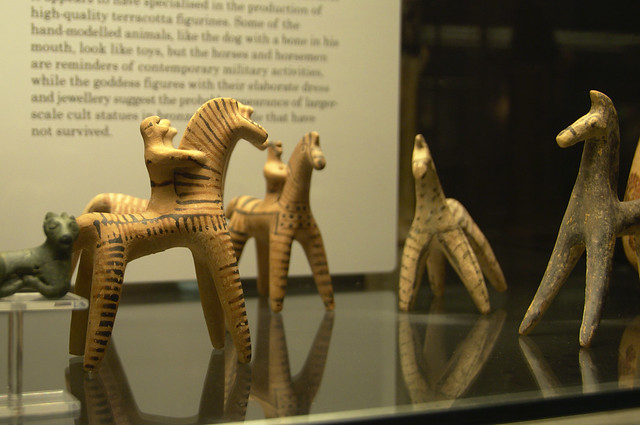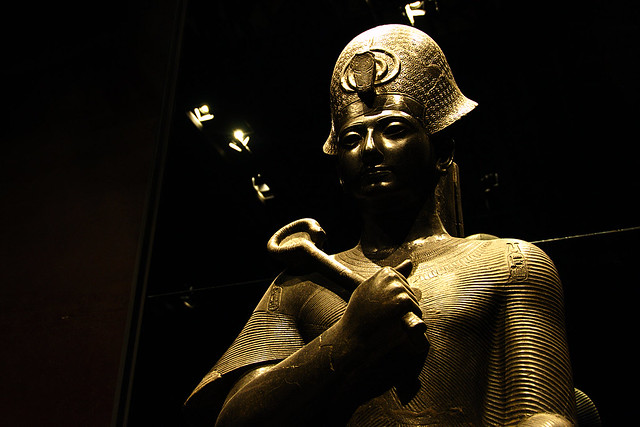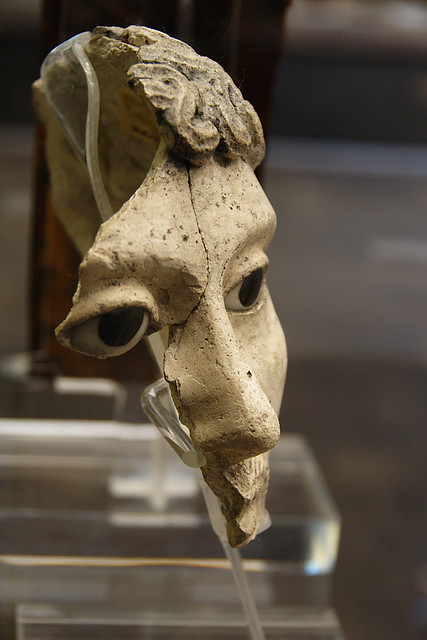I’m into the home straight with this book – and actually finished reading it a while ago, I’ve just got a backlog of posts to write 🙂 This is the penultimate chapter, all that’s left after this is the conclusion.
Population and the Black Death
The overall picture of population changes in England between 1225 and 1360 is first growth in the 13th Century, followed by a plateau in the early 14th Century and a catastrophic decrease caused by the Black Death in 1348. However despite this clear big picture the details are more difficult to get a proper grasp of, and so Prestwich spent the first half of this chapter looking at the sorts of evidence used to assess the population and discussing the sorts of numbers these indicate.
The population of a region is affected by three things – birth rate, death rate and migration – and Prestwich looks at these in turn. There’s very little evidence for what the birth rate in England was during this period – births were not required to be recorded. And it is difficult to make generalisations from what data there is because birth rates vary within populations & across time. There is some evidence that people tried to control the size of their families (via herbal concoctions or coitus interuptus) despite the disapproval of the Church. However a lack of understanding of reproductive biology & the female anatomy meant that this was difficult to do successfully. Prestwich notes that there is very little evidence for abortion (or attempted abortion), nor for infanticide. Death rates were affected by environmental causes like famines, and also by economic circumstances. Prestwich suggests that the growth in the 13th Century may’ve lead to the population outstripping the ability of the cultivatable land to feed it, leading to the plateau in the early 14th Century. Migration to and from England had little effect on the overall population, however internal migration had a large effect on the population of particular towns etc.
Prestwich next works through a couple of examples of starting assumptions and hypotheses to arrive at some estimates for the overall population at the peak at end of the 13th Century. All the methods of calculating the population have their own problems, and the margins of error are huge. However Prestwich suggests figures of between 4 million and 7 million, with 5 million being a plausible number to keep in mind. This is about two to three times the population at the end of the 11th Century (which one can estimate using the Domesday Book as a starting point). For a couple of modern comparisons: the modern population of Scotland is of the order of 5 milliion people, in contrast the population of London in 2013 (according to wikipedia) was on the order of 8.5 million.
On a more local level there are sometimes surviving records that give a better indication of population levels in a particular community – but historians disagree about how reliable these are (and how to extrapolate from what’s there). For instance manorial court records survive for some areas – like Coltishall in Norfolk where numbers of tenants can be calculated: 119 in 1314, 168 in 1349 and 74 in 1359. That doesn’t tell you how big their families were but it does suggest a rising population which then falls sharply after the Black Death. Prestwich goes through a few examples of the types of records that survive and what they can tell us. He also discusses the indirect evidence that can be used – like how much land is in cultivation (more suggests more people need fed). Or how much tax was returned from a community.
The second half of the chapter discusses the Black Death. This was probably the biggest human catastrophe ever to affect England – up to half the population died. It is generally said that the Black Death was an epidemic of Yersinia pestis (bubonic plague), and I had thought this was a known thing. However Prestwich devotes three or so pages to discussing the problems with this identification and what alternatives there may be. The argument against bubonic plague being the Black Death is that the symptoms & fatality levels as well as the spread speed & pattern of the disease do not match that seen in more modern outbreaks where we have much more accurate information. The usual answer to this is that the bacillus has mutated significantly since the 14th Century, and thus the disease we see now is not the disease they suffered. Prestwich is very keen to point out that this is just a hypothesis, and other explanations should not be dismissed out of hand. He doesn’t, however, have a favoured answer – he lists three possibilities (anthrax, influenza, a viral haemorrhagic disease) but also explains why they are implausible.
The epidemic, whatever it was, arrived on English soil sometime in June 1348 at the port of Melcombe Regis in Dorset. By November it had reached London, and in 1349 it spread throughout the country. Mortality was highest during the late spring & early summer of 1349. Death rates can be estimated using the surviving records although these generally do not list cause of death so some interpretation is needed to arrive at figures. Although perhaps as much as half the overall population died this was not evenly spread through society. The higher aristocracy were much less affected with only one member of the royal family dying in the outbreak, and only 13% of the parliamentary peerage in 1349. Clergy were more affected than this – with figures ranging from 29% to 60% in different areas. Those who resided with their congregations were more affected than those who did not. Mortality among monastic communities was very variable with some being nearly wiped out and others barely affected. Mortality amongst the rural population was much the same as for the clergy who resided amongst them (unsurprisingly). Data for the urban population is much more incomplete but one might assume it would be higher than in rural areas due to the greater numbers of people in close proximity. There are indications such as numbers of wills registered compared to a normal year or how many tax payers are recorded that back up this assumption.
The immediate effects of this huge loss of life on the economy & on government are surprisingly limited. The greater amount of available land (due to deaths of the tenants) and the death toll combined to reduce the number of landless labourers available to work did exert pressure to raise wages for labourers – and similarly for other professions in urban areas. However the government acted to freeze wages to pre-Black Death levels, and the long term economic effects of the population drop don’t show up till after 1360 when these measures began to fail. The mechanics of government and law & order also show surprising resiliance – the effects that show up in the period this book covers are primarily in low tax revenues and greater difficulty fielding large armies. The effects on the Church were greater. With so many dead clergy there weren’t as many truly appropriate candidates as needed to fill the vacancies. However again there was no danger of a collapse of the system. Society in general was also very resilient. There must surely have been an effect on the general population of seeing half the population die in such a short space of time, but Prestwich says it’s difficult to detect in the contemporary sources.
Prestwich finishes the chapter by reminding us that longer term effects were much greater – transforming society during the 15th & 16th Centuries.



